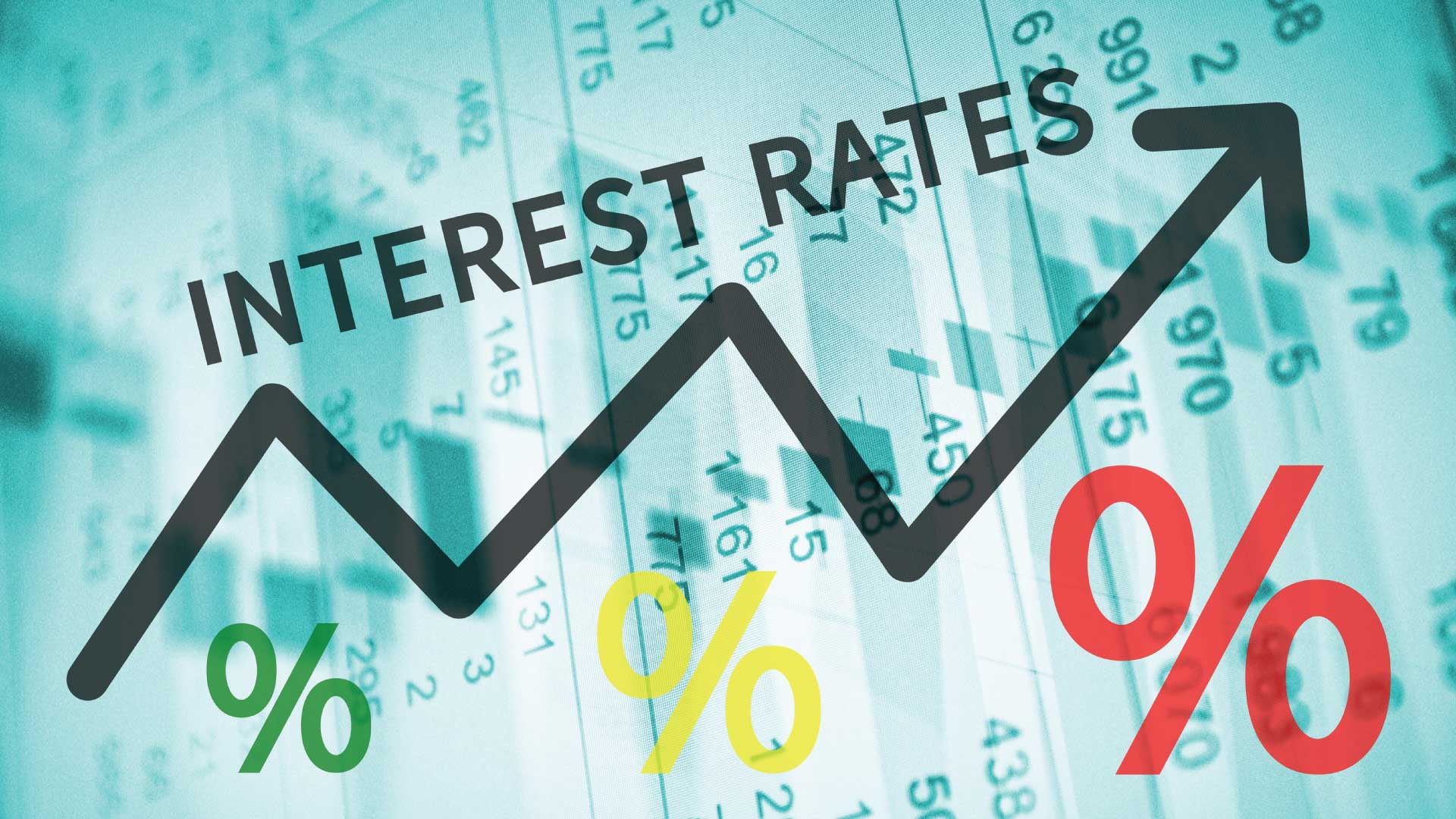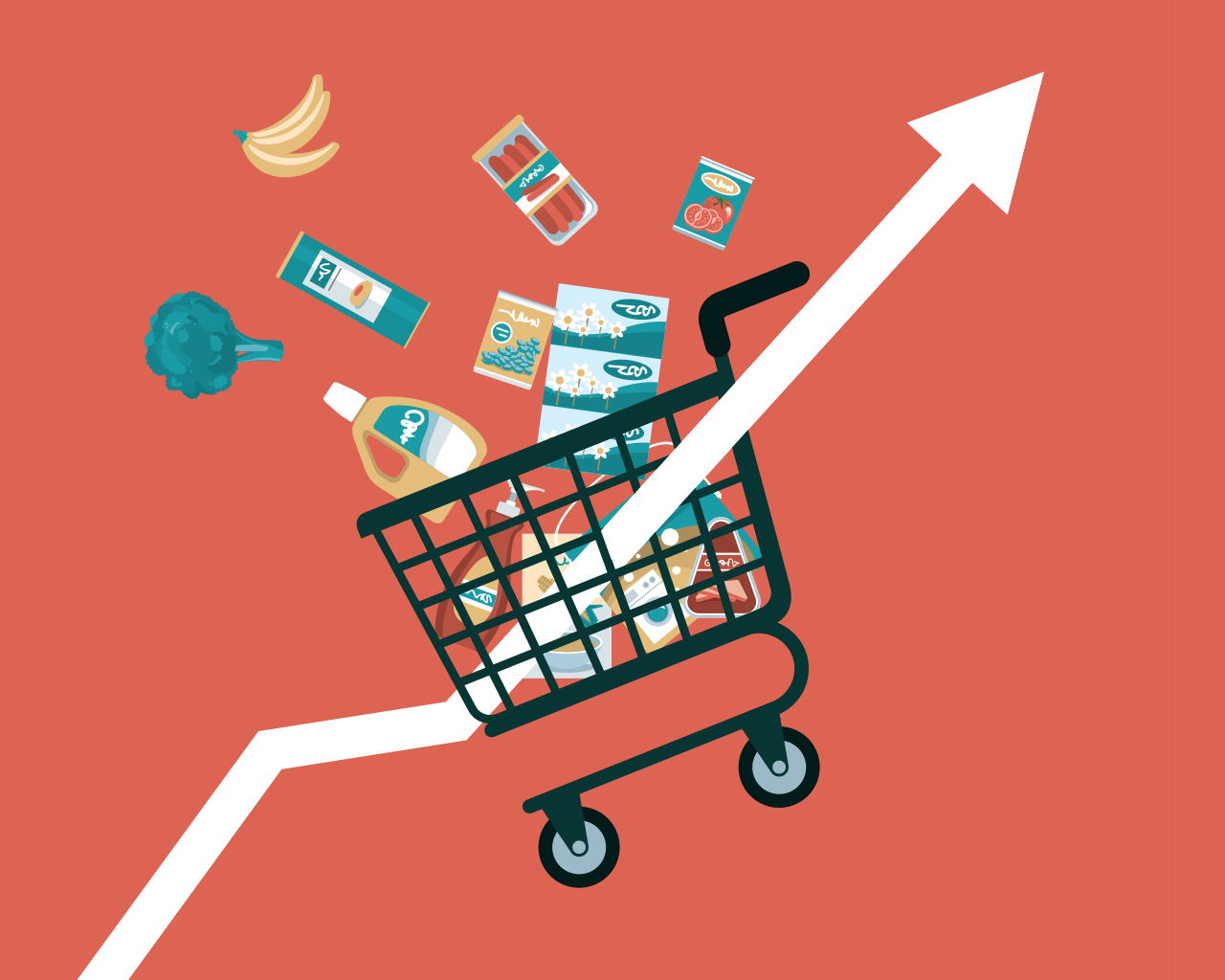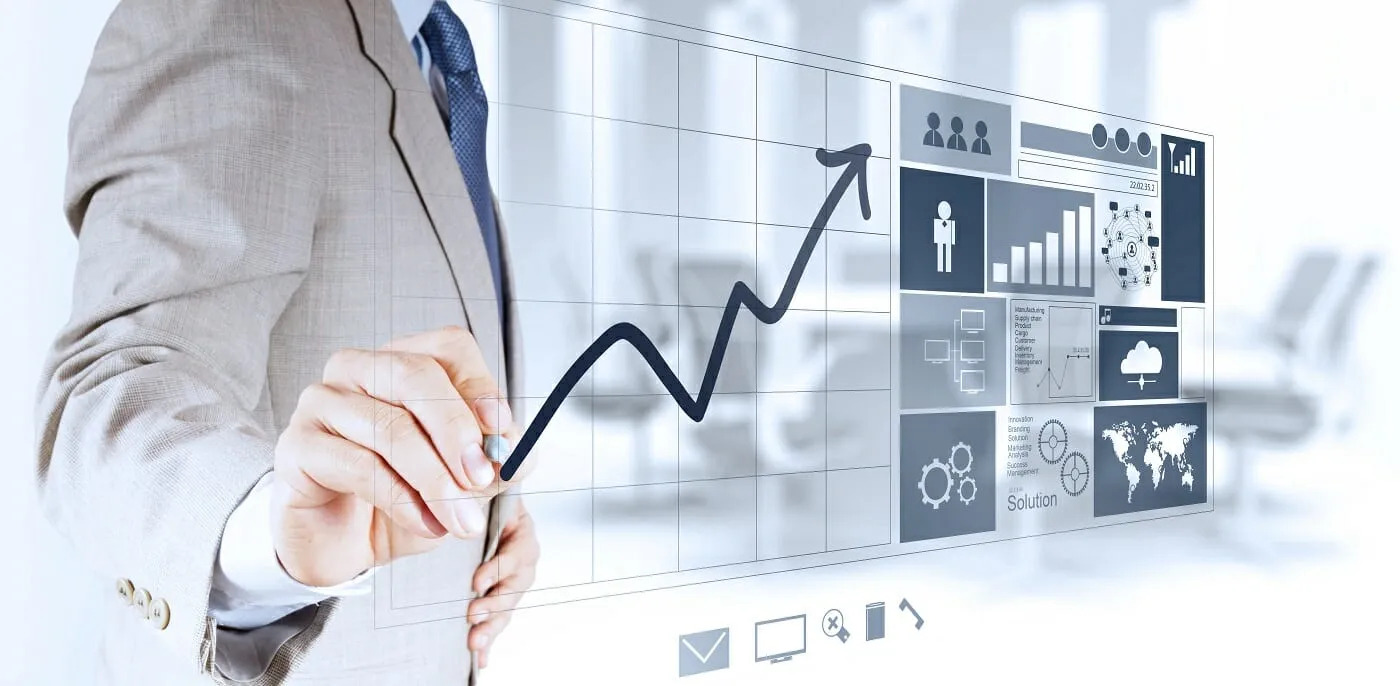High Interest Rates Drive 1.5 Million Dip in Bank Loans
In a recent financial report, it has been revealed that banks have experienced a significant decline in loan disbursements, with a dip of 1.5 million in loans attributed to rising interest rates. This downturn highlights the impact of high borrowing costs on both consumers and businesses and raises important questions about the broader economic implications.
The Impact of Rising Interest Rates
Interest rates play a critical role in shaping borrowing behaviors. When rates increase, the cost of borrowing also rises, leading to reduced loan demand from both individuals and businesses. This phenomenon is evident in the recent decline, where banks have reported a substantial drop in loan volumes as higher rates make credit more expensive.
The dip of 1.5 million in loan disbursements reflects a broader trend of tightening credit conditions. Borrowers are facing increased costs for mortgages, personal loans, and business financing, which can influence spending, investment, and overall economic growth.
Key Factors Driving the Decline
- Increased Borrowing Costs: The rise in interest rates has made it more expensive for individuals and businesses to take out loans. Higher monthly payments and greater total interest costs are dissuading potential borrowers from seeking credit.
- Economic Uncertainty: High interest rates often coincide with periods of economic uncertainty or inflationary pressures. In such environments, both lenders and borrowers may become more cautious, leading to reduced lending activity.
- Tightened Lending Standards: Banks might tighten lending standards due to higher rates, making it harder for some borrowers to qualify for loans. This cautious approach can further contribute to the decline in loan disbursements.

Implications for the Economy
The dip in loan volumes has several implications for the economy:
- Reduced Consumer Spending: Higher borrowing costs can lead to reduced consumer spending, as individuals may postpone major purchases or reduce their use of credit. This decline in consumer expenditure can affect various sectors, from real estate to retail.
- Slower Business Investment: Businesses may be less inclined to invest in expansion or new projects when faced with higher financing costs. This slowdown in investment can impact economic growth and job creation.
- Potential Impact on Housing Market: With higher mortgage rates, the housing market may experience reduced demand. Potential homebuyers might delay their purchase decisions, leading to slower growth in housing sales and prices.
- Financial Sector Adjustments: Banks may need to adjust their strategies in response to changing loan demand. This could involve revising lending policies, exploring alternative revenue sources, or managing their risk exposure more carefully.

Looking Ahead
Rising interest rates could sustain declining loan volumes, influenced by future economic conditions and monetary policy decisions. Policymakers and financial institutions will need to navigate these challenges carefully to support economic stability and growth.
- Monetary Policy Adjustments: Central banks and monetary authorities may need to balance interest rate policies to address inflationary pressures while supporting borrowing and economic activity.
- Financial Planning for Businesses and Consumers: Both businesses and consumers should consider strategic financial planning to manage the impact of higher borrowing costs. Exploring alternative financing options and optimizing financial strategies can help mitigate some of the effects.
- Long-Term Economic Strategies: Sustainable economic growth requires a balance between interest rates, inflation, and borrowing conditions. Long-term strategies should focus on fostering economic resilience and adaptability.

The 1.5 million dip in bank loans highlights how high rates impact economic activity, emphasizing the need for strategic adaptation.
Contact us here at Iconic Marketing Agency or Follow us on Facebook or Instagram